


Dance Clinic is a research initiative dedicated to the study of dance. This project aims to empower choreographers with science and technology to support creative processes, accelerate discovery, and enable productive rehabilitation. A visionary "stimulation and treatment" program was designed to interface cognitive and physical performance in choreographic healthcare. The dance doctor Choy Ka Fai provides consultating services to fix choreographic problems by empowering choreographers with solutions from neuroscience, technology, and an artificial intelligent dance system, Ember Jello.
“Imagine a future where dance meets technology, where choreography can be hypothesised with artificial intelligence, where dance clinics improve your act of choreography and eliminate undesirable symptoms of dance.”
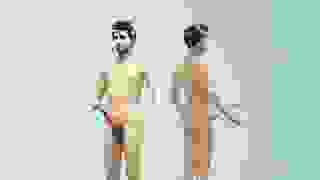
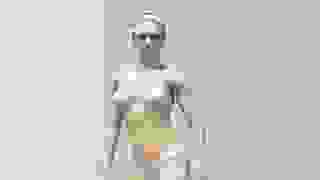
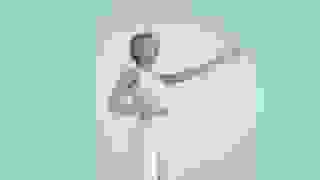
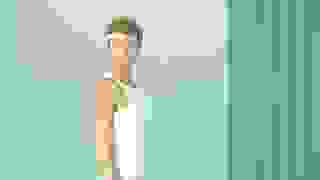
Dance Patient X is a critical instance of a case study. Darlene is a West Papuan dancer with formal training in Javanese dance. The dance patient had been researching the notion of trance in his choreographic practice. He seeks to understand his shifting state of consciousness when dancing and the desire to master a sense of control and condition toward a transcendence dance experience.
The starting point is to create a series of experiments to understand the various states of consciousness in the dance. A digital trance meter is developed by reading the brainwave of the dance patient as he performs various forms of folk dance movement in repetitions. The trance meter gauges the state of consciousness while dancing and provides realtime feedback to the dance patient. Over a prologue period of test recording, the trance meter will develop a form of intelligence that will allow the dance patient to understand better or practice state of consciousness.
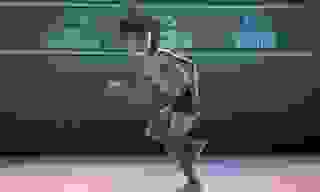
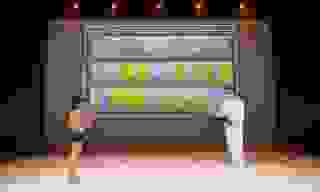
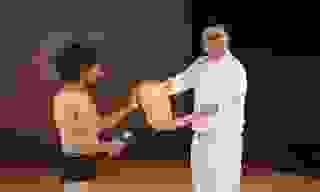
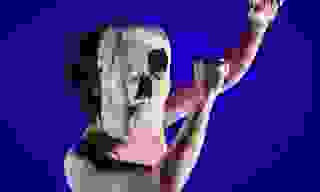

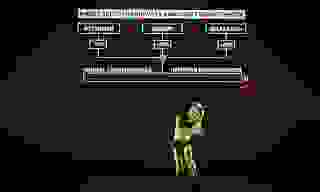
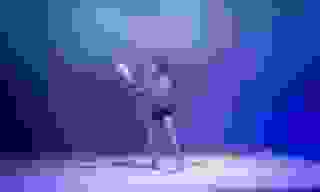
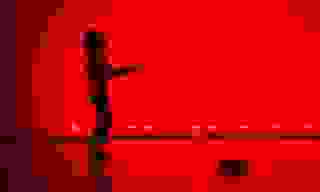
Dance Patient Y is an exploratory case study. Florentina Holzinger is considered to be the enfant terrible of the European contemporary dance scene. As one of the most controversial dance artists of her generation, her dance creations often triggered public debate and dialogue. A recurring debate was the discussion of whether her choreographic output could be considered as artistic or pornographic. The dance patient expresses a desire to understand the audience‘s perception of seeing dance and investigate the concept of kinesthetic empathy.
Proposal Treatment
A basic algorithm is devised to analyse the audience brainwave when watching or observing choreographic action in a performative mode. This experiment was setup with a sampling of different audience members to provide immediate theoretical feedback to the dance patient. At the same time, we design various choreographic tasks that stimulate visual perception reactions relating to our subject matters.
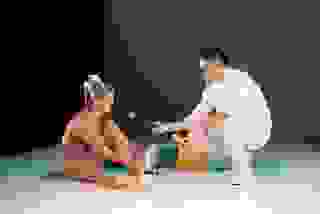
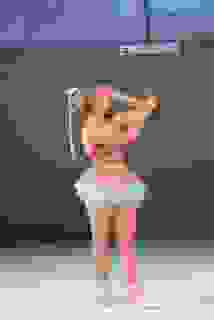
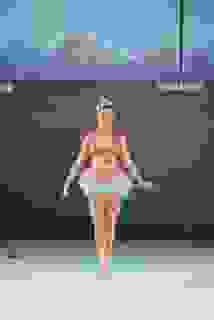

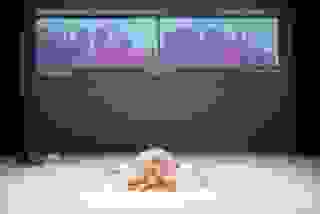
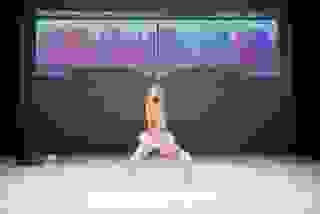
Dance Neuro Analysis (DNA) is a prototype program for data visualisation of brainwaves in the act of choreographing. It is Dance Clinic‘s first attempt to understand the “state of mind” of a dance sequence. A selection from our early test recordings is presented here. These visualisations are termed as “movement cover” of historical and iconic dance sequences. It has laid the foundations for us to speculate on the possibilities of studying the “state of mind” of a dancer and choreographer.
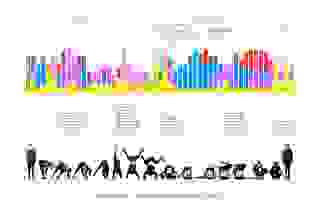
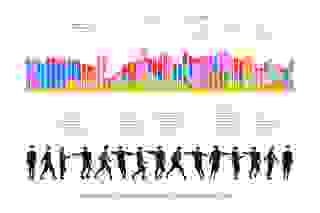
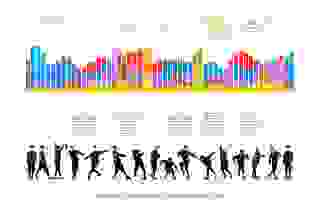
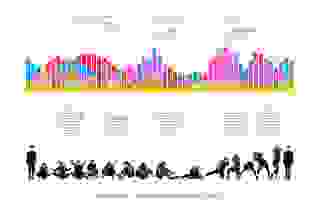
Introspective is an exhibition of choreographic actions and situations that examine the dancers own consciousness, thoughts and feelings in the act of choreographing. It attempts to provide an empirical insight to the often unexplained notions of making and seeing dances.
The experiment researches on the complex network of relationships of the body and mind paradigm. Primary attention is given to the representation andmquestioning of choreography and movement. What are the many things behind a movement? What moves a dancer during a performance? The research is essentially an empirical study of the neurological structure in dance and movement.
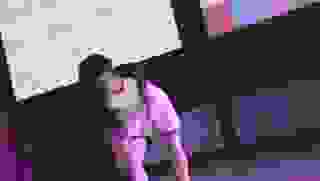
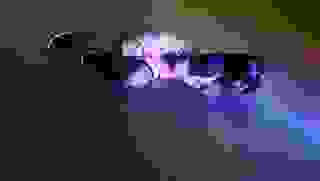


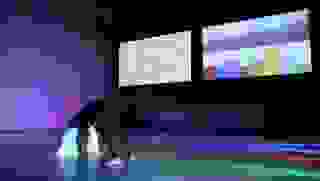

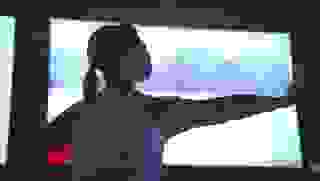
Dance Doctor: Choy Ka Fai/ Dance Patient X: Darlane Litaay/ Dance Patient Y: Florentina Holzinger/ Dance Patient Z: susanne grauu/ Dance Patient G: Paul Dunca /Artificial Intelligence: Ember Jello/ Media and Technology Consultant: You Mi/ Clinical Trials Patients: Yusuke Kimura, Tomoko Inoue, Akemi Nagao, Yuko Sato and Jereh Leung/ Interface Designer: Yusuke Kimura/ Visual Designer: Brandon Tay/ Aural Designer: Chong Li-Chuan/ Illumination Developer: Ryoya Fudetani / Illumination Designer: Andy Lim, Art Factory/ Chief Operation Manager: Yap Seok Hui, Art Factory/ Outreach and Communications: Mara Nedelcu
The Dance Clinic project was presented at Da:ns Festival Esplanade Singapore, Reykjavik Dance Festival, ImPulsTanz Festival Vienna, Carriageworks Sydney and Kunstlerhaus Bethanien Berlin. The Dance Clinic performance is co-commissioned by Esplanade – Theatres on the Bay, Singapore and tanzhaus nrw, Düsseldorf - as part of MOCCA – Motion Capturing Creative Area, a project by Hochschule Düsseldorf, Fachbereich Medien, LAVAlabs, Velamed GmbH and tanzhaus nrw, supported by EFRE. Further support through the Residency Programme of NTU Centre for Contemporary Art Singapore and National Arts Council Singapore